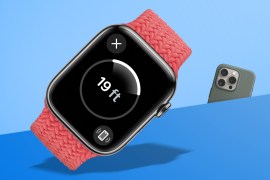9 things you need to know about Apple’s iPhone XS and iPhone XS Max
Aside from the fact you’ll want one of each, obviously
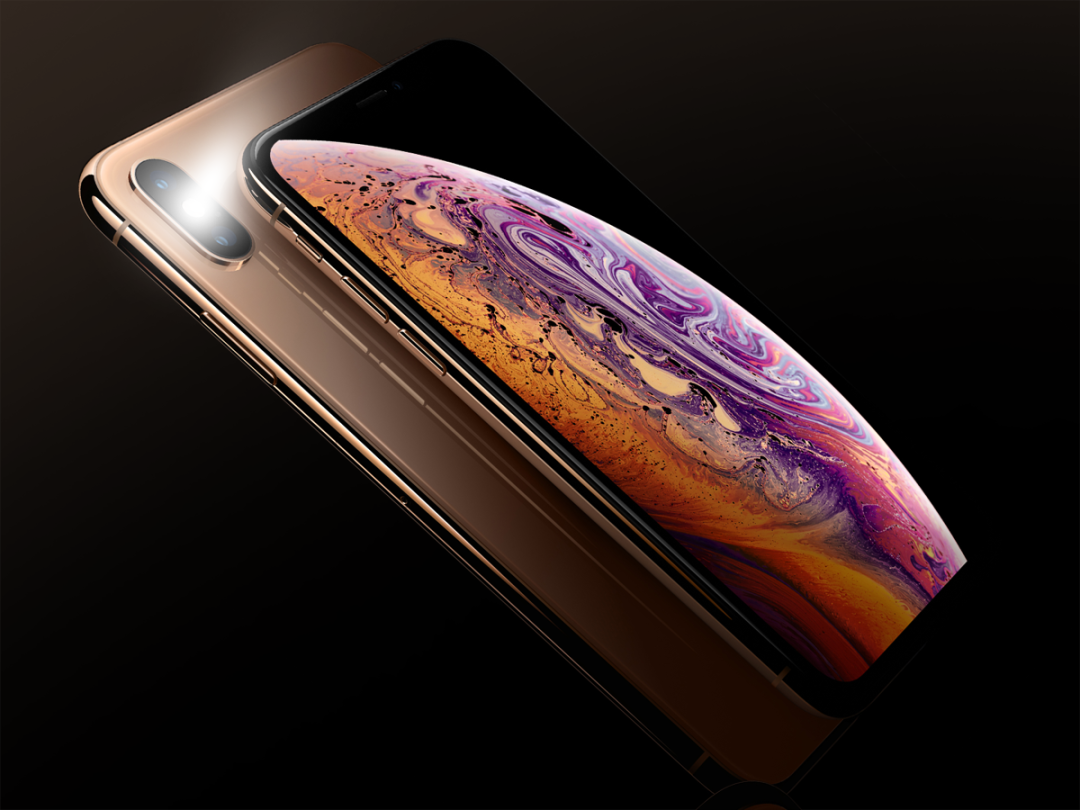
Like clockwork, Apple’s September event has hurled new iPhones into the world. This year, we get two flagships. There’s the iPhone XS, which is like last year’s iPhone X – only better. And there’s the iPhone XS Max, which is like last year’s iPhone X – only better and bigger.
But, you say, I was promised things I need to know, not mere general commentary about these new shiny devices! Indeed, and so read on for the best bits of Apple’s latest blowers.
1. Both phones have almost identical innards
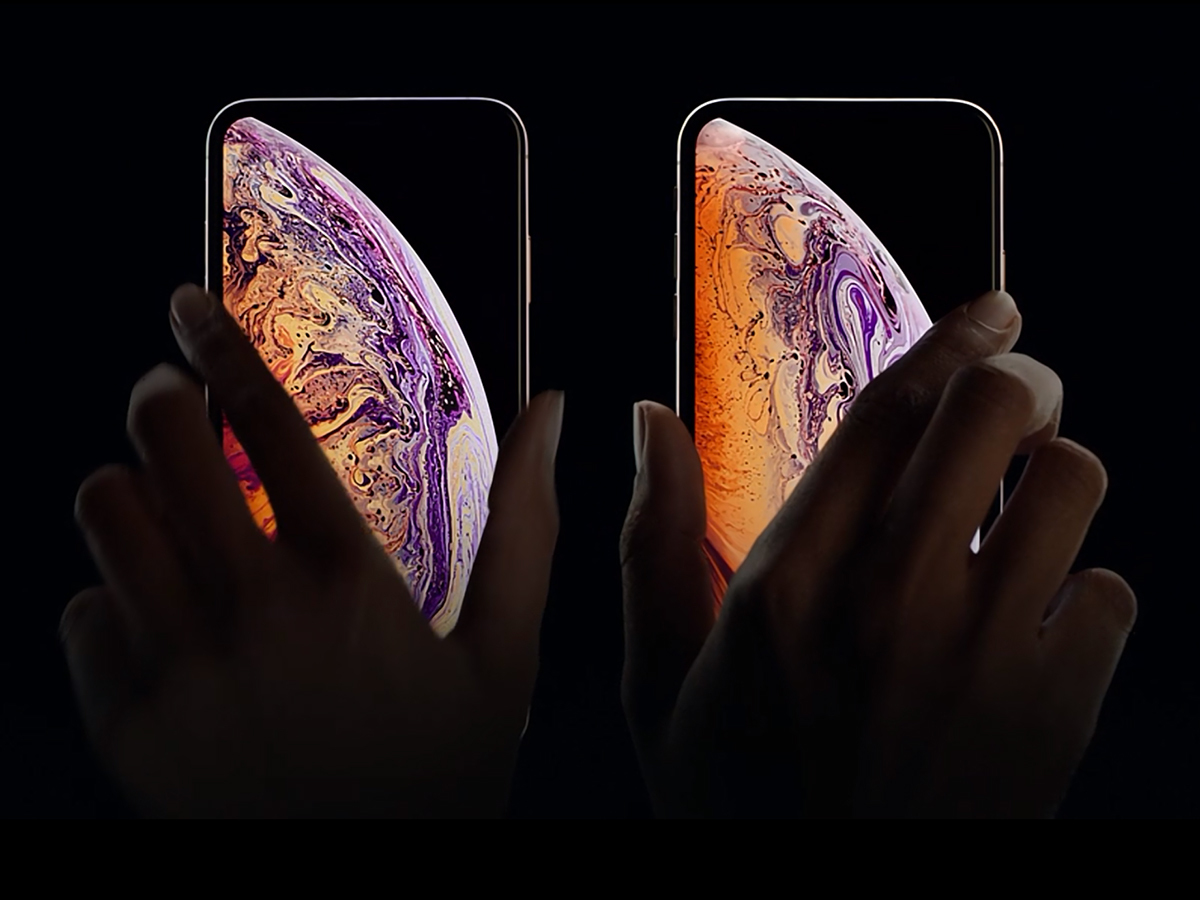
Last year, you might have juggled specs, with your eyes whizzing between Apple’s listings for the iPhone 8, iPhone 8 Plus, and iPhone X. Not this time around – the iPhone XS and iPhone XS Max are broadly identical.
These phones have the same finishes and capacity options, the same chip and camera system, and the same connectors. The only real difference inside is the Max’s bigger battery. So mostly you’re really deciding whether you want a big screen or an even bigger screen.
2. These phones are beer (and water) resistant

Apple says its new iPhones are the most durable ever, in terms of the scratch-resistant glass, and the phones’ abilities to repel evil liquids.
For some reason, tests for the latter were in part conducted in beer, but Apple confirmed your phone could take a dunk in a pool for half an hour and probably still be in tip-top condition after a brisk towel rub and a little lie down.
No word on whether you can shove Aspirin into the Lightning port if that half-hour is spent immersed in a pint, though.
3. The Max offers a landscape dual-pane view
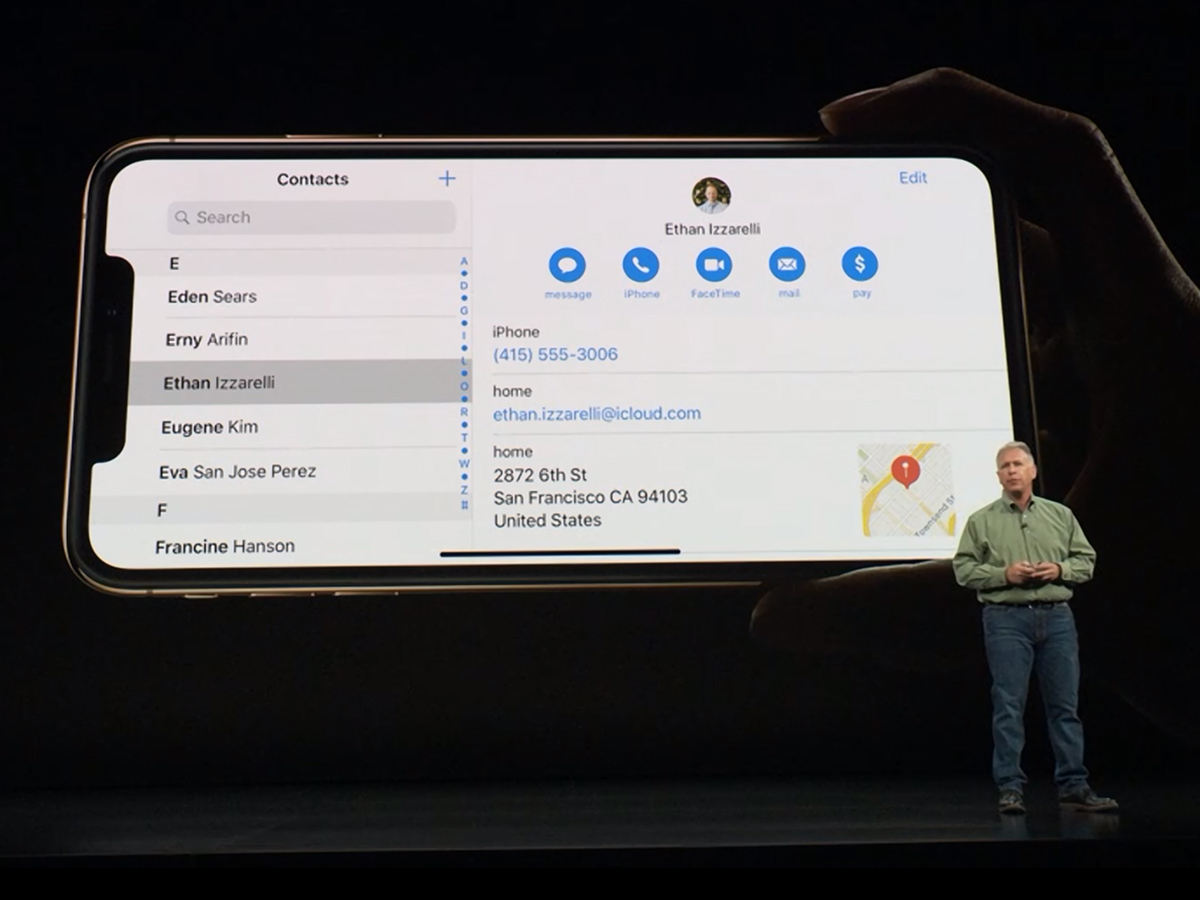
The iPhone XS retains the iPhone X’s super-widescreen 2436×1125-pixel resolution. Naturally, the iPhone XS Max gets some extra pixels – 2688×1242 – which we’re sure is going to totally thrill app and games developers.
For you, though, this presents an advantage if you’ve got the larger iPhone. Rotate it to landscape, and some apps will offer a dual-pane mode (like on the iPhone Plus) – handy for filing emails in Mail or browsing categories in Settings.
4. The new A12 bionic chip is a powerhouse
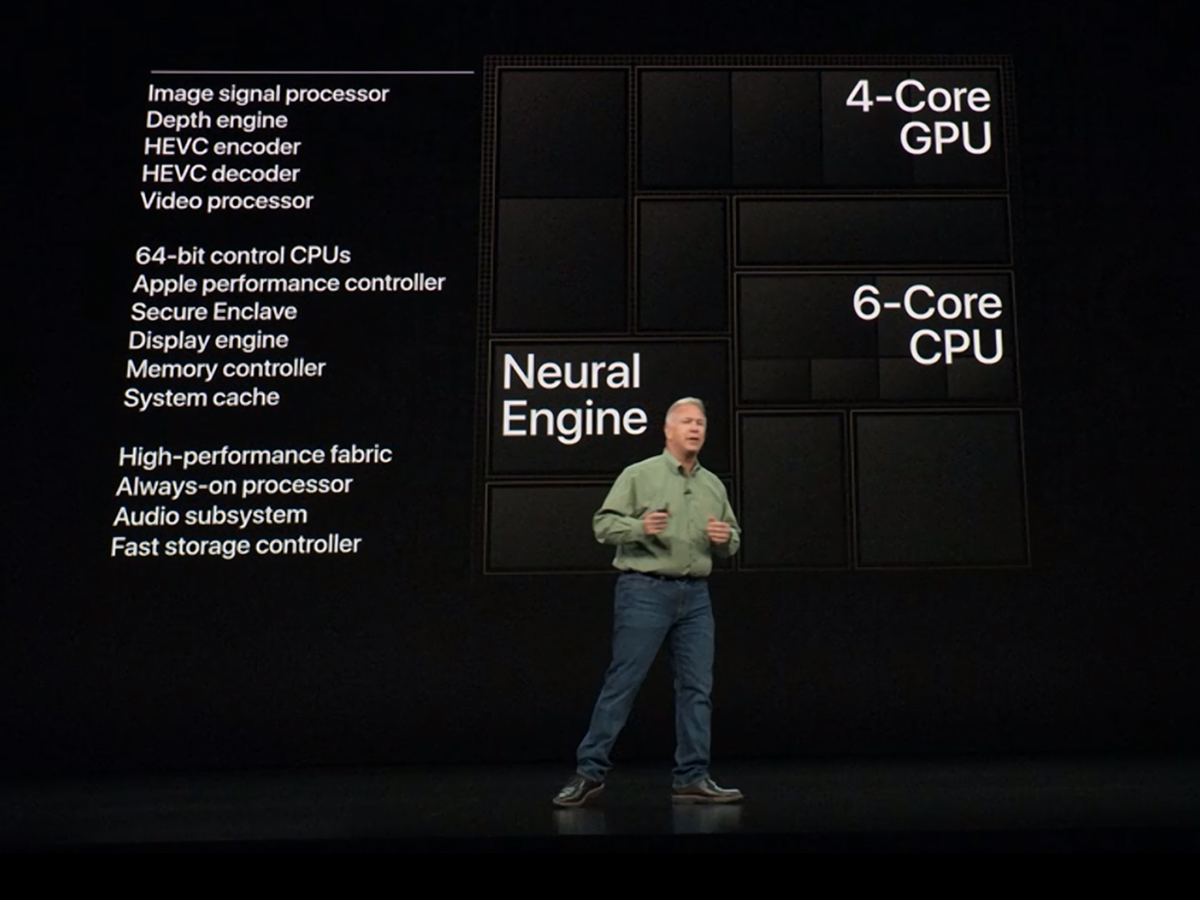
According to benchmarks that litter the internet, Apple was already kicking bottom when it comes to how powerful its iPhone chips are. The A12 Bionic inside the new iPhones ramps that up another notch.
It’s the first 7-nanometer chip ever in a smartphone, and has a six-core fusion architecture that’s faster and significantly more power-efficient than its predecessor.
The next-gen neural engine enhances the iPhone’s machine learning abilities, too, allowing it to complete up to 5 trillion operations per second compared to a ‘mere’ 600 billion in the A11 – great for AR.
5. You now have a 512GB storage option
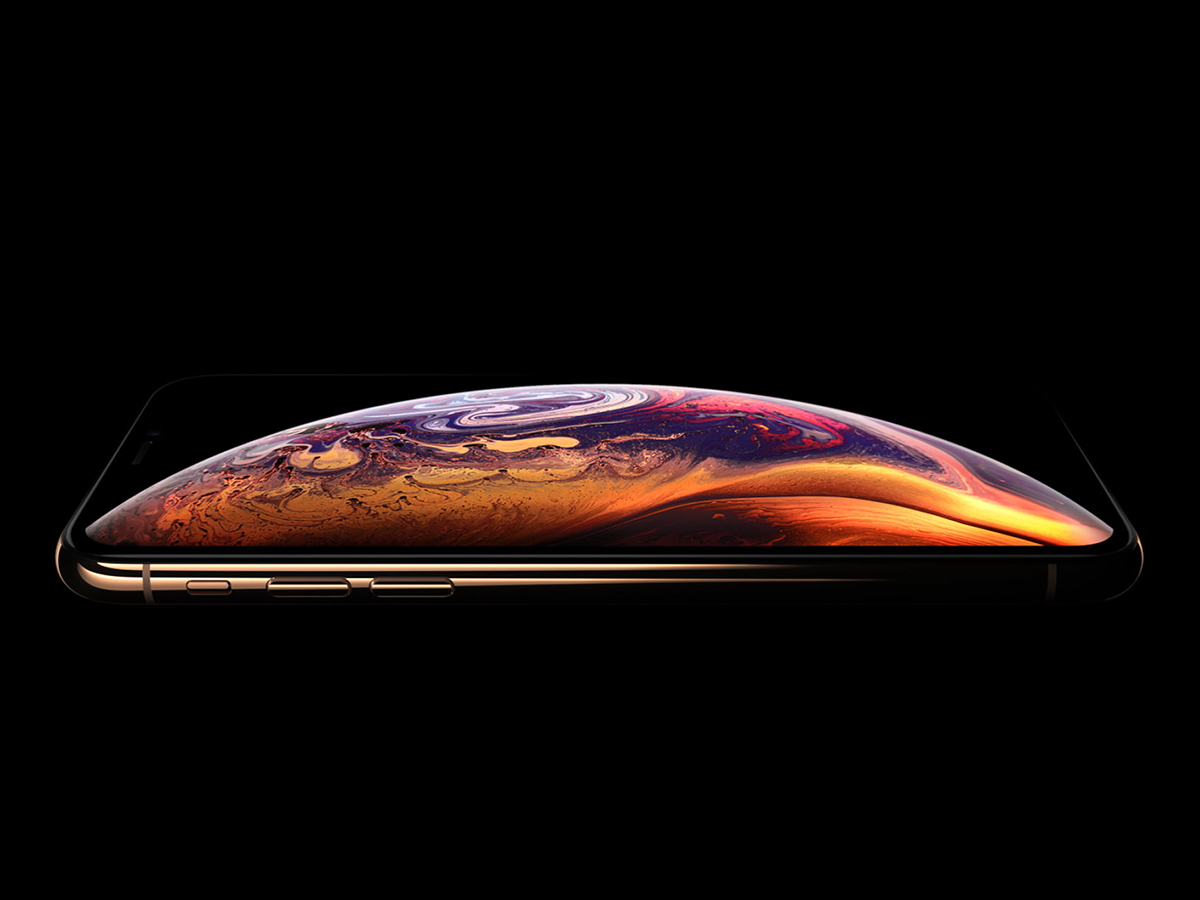
Part of the A12’s design includes a fast storage controller, which enables the iPhone to blaze past the 256GB storage limit for the first time. If you have the cash, you can now splash out on 512GB of built-in storage. (Natch, this is still not user-upgradable.)
Presumably after that point, you’ll spend the rest of the week shooting photos and 4K video, downloading every single app and game you can, and laughing maniacally at the still ridiculously large free space value in Settings.
6. Depth of field can be changed post-shoot

The revamped camera system in the new iPhones is pretty snazzy, with improved True Tone, bigger and deeper pixels, better sensors, a lack of shutter lag, and Apple’s Smart HDR – the last of those ensuring you get a beautifully lit shot, short of shooting directly into a floodlight.
The real wow factor, though, comes by way of the enhanced Portrait mode. Now, you can shoot an image and later twiddle around with a slider in Photos to dynamically adjust the depth of field. Or at least you will be able to when Apple updates iOS 12 later this year.
7. Globetrotters can use dual-SIM functionality
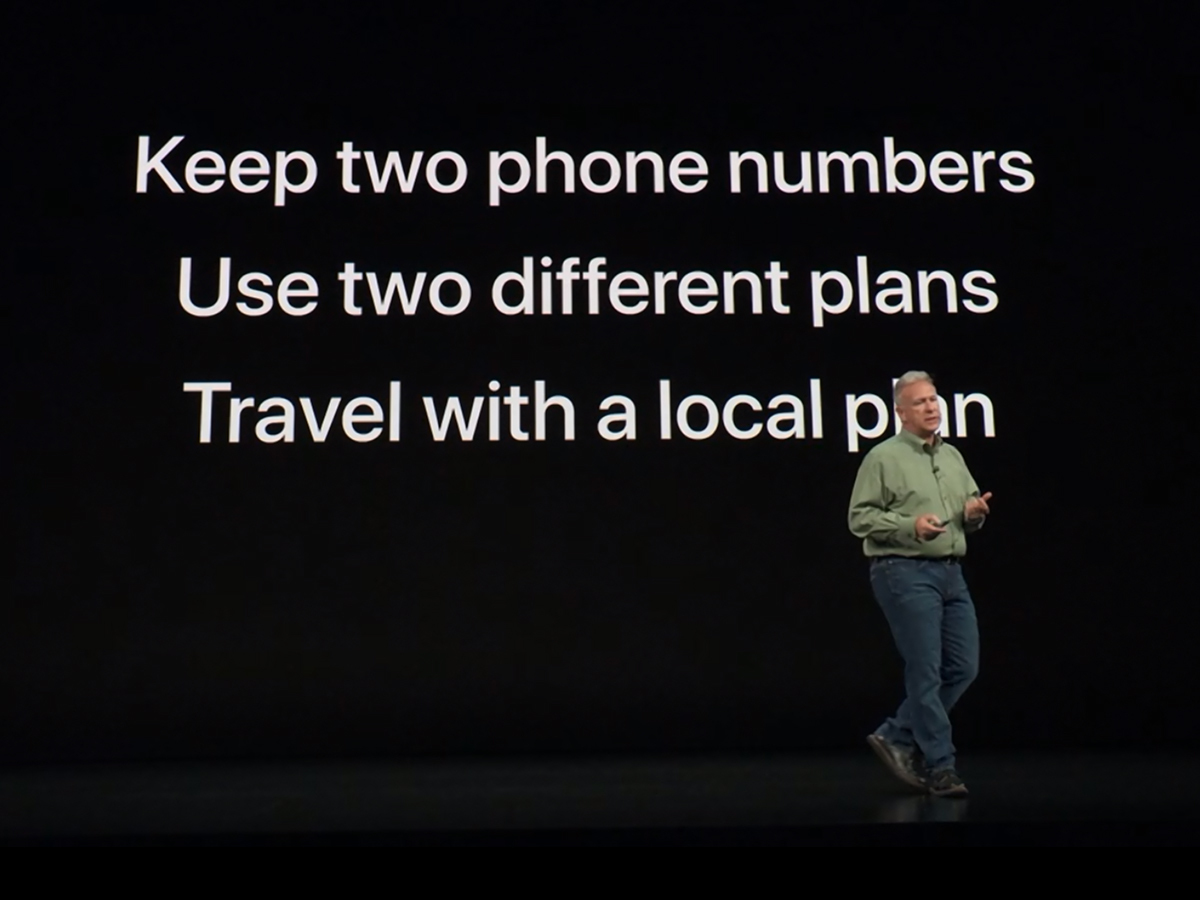
If you regularly travel to another country and need two phones (or, for that matter, have two phones in one country, because your employer hates you), Apple’s new iPhones have you covered.
With dual SIM support, you essentially get two lines inside the same iPhone. One uses your standard physical SIM, and the other requires you subscribe to a plan with a carrier that supports eSIM (which in the UK means EE and Vodafone).
Unless you’re in China, apparently. There, a special model enables you to whack in two physical SIMs, back to back.
8. Everything else got a bit better…
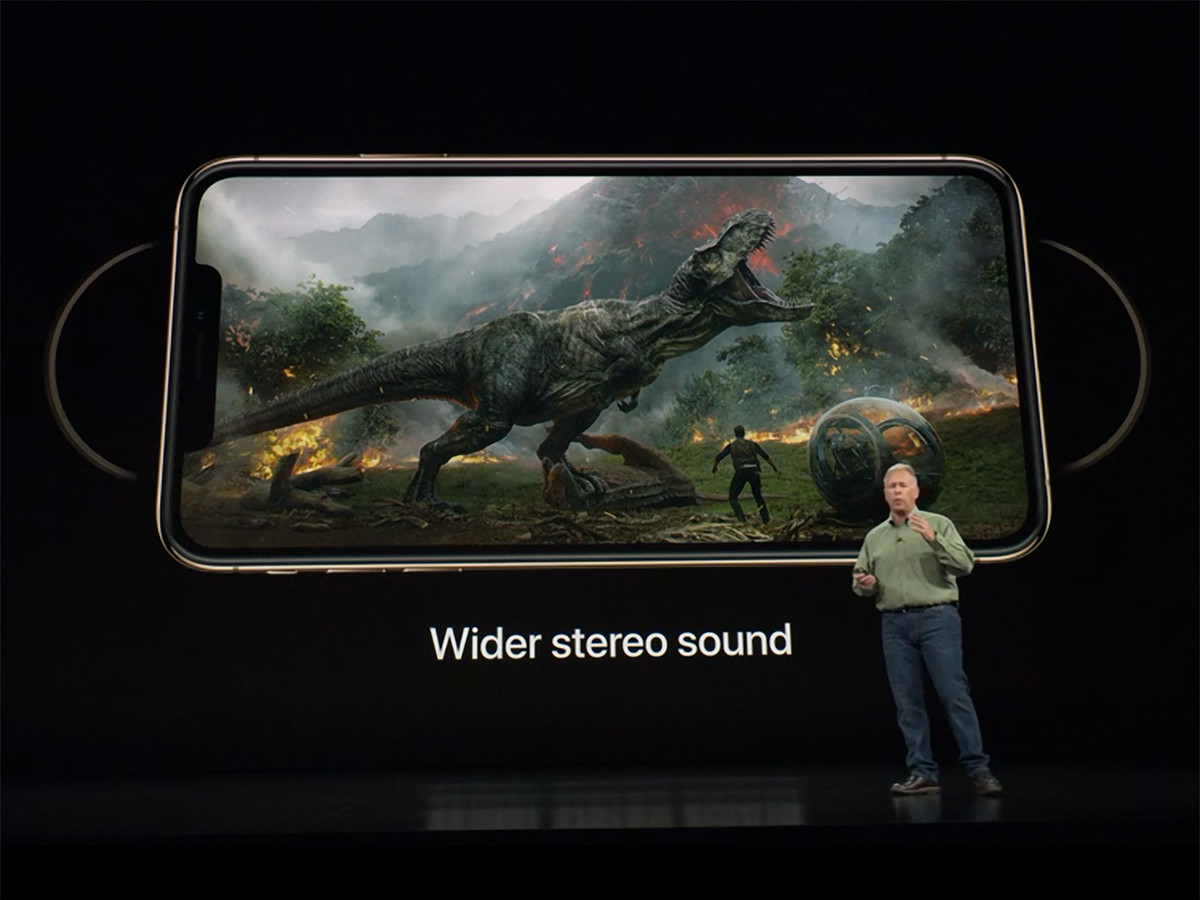
Apple mentioned plenty of other incremental changes to the iPhone XS line. There’s now a gold option, for people who want to bling it up. The camera can capture stereo sound while you’re recording your next cinematic masterpiece.
Elsewhere, Face ID is quicker, stereo sound from the speakers has a wider field, and even launching apps is reportedly up to 30 per cent faster – although that last one is down to iOS 12 and should be the case whether you’re rocking a brand-new iPhone XS or a workhorse iPhone 6S.
9. … Apart from the price, which is maxed-out
You weren’t expecting Apple’s flagship phones to come cheap, were you? The XS retains last year’s price points – £999 for the miserly 64GB version, and £1149 for a more useful 256GB. But a 512GB device has now joined the line-up – a ‘snip’ at £1349.
Plump for the XS Max and your wallet gets punched to the tune of an extra hundred quid. That’s right, there’s now an iPhone that costs a whopping £1449. We recommend buying a case for it made of feathers, cushions, a parachute, and some kind of burly security guard.



